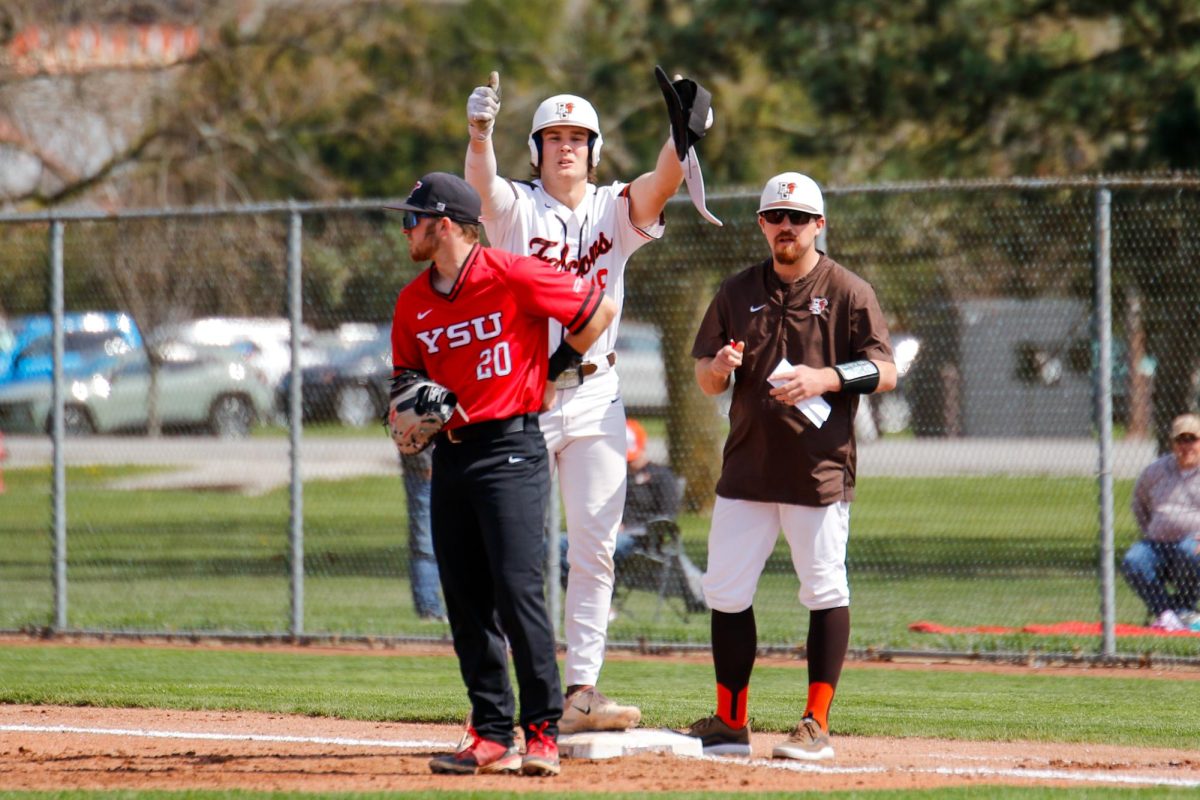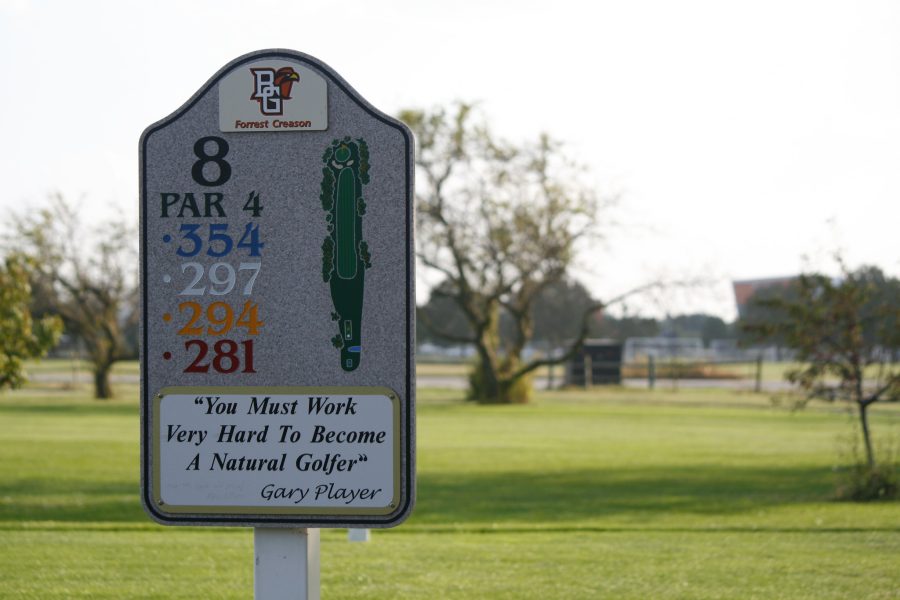By Eunnie Park MCT
HACKENSACK, N.J. – John Botto can take his psychology class at 3 a.m. on a Saturday. He’s never met his classmates, who live as far away as South Africa. And if he wants to ask his teacher a question?
“You have to do it through PT – private thread,” said the 16-year-old, scrolling through the confidential messages on his computer screen. “That’s how you connect.”
Botto is one of 18 students at Dumont High School in New Jersey taking a class through Virtual High School, a non-profit provider of Internet-based education. The district enrolled in the program this year to gain access to more than 200 online courses taught by certified American teachers.
With VHS, students have their pick from more Advanced Placement and Pre-AP courses as well as some atypical ones – “Employability Skills,” “Gods of CNN: The Power of Modern Media” and “Ghoulies, Ghosties and Long-Legged Beasties: Why We Like to be Scared.”
Schools worldwide are signing up for VHS or similar online education programs to augment their curriculum at a relatively small price.
Although virtual learning has long been popular in higher education, lately there has been a big surge among high schools. According to the North American Council for Online Learning, there are more than 500,000 enrollments in online courses across the United States. Supporting virtual schools and “e-learning” was among the seven action steps in the 2005 National Education Technology Plan.
Most students and officials agree the best part about e-learning is that students can take classes that aren’t offered by their own schools. Many describe the experience as “independent” and “like college.”
“It’s like checking out different things that I can get into when I’m older,” said Nathalie Franco, 16, who is taking astronomy for a potential career at NASA.
“There are a lot of different areas for all different kinds of personalities,” added Courtney Sweet, 15, a DNA technology student.
For busy teenagers, flexibility is also a big perk. VHS classes are 24/7, so students can take their class any time and anywhere they have Internet access.
“If you have after-school activities, you don’t have to worry that from three to four you have to take this class,” Sweet said. “You can take it when your schedule allows.”
VHS, founded in 1996, enrolls about 8,000 students each semester from 30 states and 20 countries. There are dozens of other similar programs, including New Jersey Virtual High School, Educere and Florida Virtual High School.
An annual VHS membership costs a school district between $1,000 to $6,500 and typically allows 25 students to take a course every semester. Each student can choose a different course.
To reduce those enrollment costs, a district can assign a teacher to undergo training and then instruct an e-course. In Dumont, for instance, Richard Wilson is teaching Web design to students as far away as Brazil and Alaska. In exchange, 25 Dumont students can take a cyber class at no cost to the district.
“I’m actually putting in a lot more time than in a regular class period,” Wilson said. “(The students) all like to work at different times, so every free period I’m here at school, I log on to see if anyone has a question. And every night at home, I’m logged on.”















